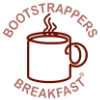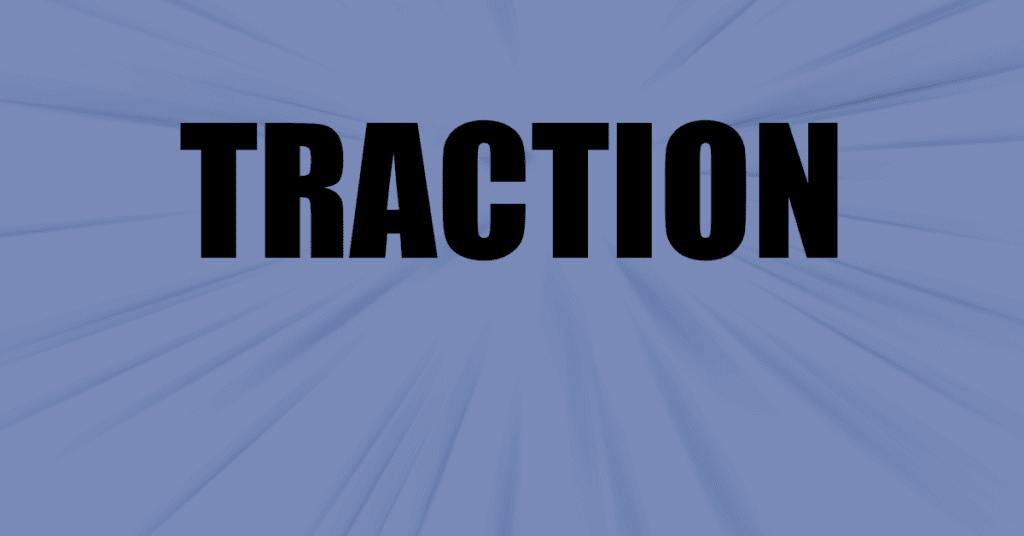Today, in our meeting a number of founders were excited as their startups feel traction. Here are some tips for how to get early traction for your startup.
And a short Halloween video where we celebrate with them for their ability to set and hit targets!
Celebrating as Startups Feel Traction
Tips for Getting Startup Traction
“The first ten should be easy. If you talk to ten people that are right in your target market, four of them should want to sign up right then. (And that’s the trick: knowing exactly who your target audience is. Don’t waste your time casting a wide net. Go where you’re loved.) A sustainable 40% conversion rate is amazing. Give everything for free at first. Don’t let them worry about anything except getting their hands on your product. Then talk to them. I was a solo founder and employee for two years. I talked to everyone, whether they loved or hated the site, but I learned a lot. Do not be afraid of criticism, it is your best form of guidance. Get tough, then get going.
On getting to 100, make sure you have time to reflect at each milestone—and then, on starting to charge them. At each place, learn who your customers are, why they signed up, what’s keeping them there, and if/why they left. Basically, learn what the real value is—then lean heavy on that. Your operations structure will change at each milestone. Don’t be a runaway train. Evaluate and have a plan.” — Bea Arthur, Founder & CEO @InYourCornerCo
“When you’re first starting out, you should use all the channels that the big guys can’t use because they are focused on scale. So mailing lists, forums, online communities, offline gatherings, etc. Those are all great. Then you prove out the product and over time, scale your product into bigger channels.” — Andrew Chen, Supply Growth @ Uber
“In the first few months, we grew our customer base with dozens of experiments: offline postcards under people’s doors, talking to people in Starbucks, reaching out to people on Craigslist and Facebook. [We did] anything that would teach us something about the need people had and the things that got them to make the very considered purchase of asking for help. Over time, your product is your best marketing. Your execution is your best sales channel. Word of mouth is how great products and services grow.” – Marcela Sapone, Co-founder & CEO, HelloAlfred
“You have to know where your target audience is and create awareness about that SaaS product you’re building. LinkedIn is one of the most commonly platforms used for B2B. Regardless where you end up at, you have to build awareness firstly. Have you thought, after building the product, to do the product launch here? Good luck with building the product and establishing its user base!” – Daniel Burns, Founder of Testifi
“I used Reddit, PH, FB Groups and communities like IndieHackers for getting feedback and first time users.” Wilson Bright Maker of BlockSurvey
SKMurphy Take: We distinguish between a small win, which is an event or outcome that moves your forward, and traction. A team has traction when it has the ability to set and hit goals: when you know why the small win occurred and you can reliably garner new wins then you have traction. Here are a few of our rules of thumb for gaining traction. Nothing new ever works: your margin for error is your room to maneuver. Create schedules with slack and design support infrastructure that is resilient. If you cannot reliably set and hit goals then narrow your focus to the next few steps: zoom in for traction. You may need to take a step back and look at yourself as an actor in the system–and contributor to the problem.
“A business should be run like an aquarium, where everybody can see what’s going on…That’s the only way to make sure that people understand what you’re doing, and why, and have some input into deciding where you are going. Then, when the unexpected happens, they know how to react and react quickly.”
Jack Stack from page 72 of “The Great Game of Business“

